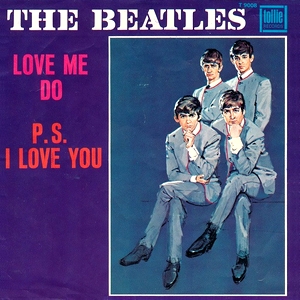The 49 Hudson, the car driven across America by Dean Moriaty in his travels with Sal Paradise in 'On the Road' is almost another character. The recent film of the book is by the documentary-maker Walter Salles, who was asked by Francis Ford Coppola to direct the film after seeing his earlier road movie, 'The MotorCycle Diaries', about Che Guevara, again based on a book, where the unreliable aged Norton 500 motorcycle, La Ponderosa, or 'Mighty One', could also be seen as a character in its own right. As a young man, Ernesto Guevara and his friend Alberto Granado rode across South America seeking adventure.
After the main shooting of 'On the Road' had been completed, Salles and Garrett Hedland, the young American who plays Moriaty in the film, did their own road trip travelling east to west via back roads to achieve the same kind of freedom found in the book. They listened to jazz and filmed the changing landscapes; much of this footage was used in the final cut.
Eighteen years after Kerouac wrote his Beat novel, Peter Fonda, Dennis Hopper and Terry Southern wrote 'Easy Rider'(1969), a road movie about two bikers, played by Fonda and Hopper, travelling through the American Southwest and South. It was a film that examined the rise and fall of the hippie movement, shot without screenplay so mainly ad-libbed. Peter Fonda saw it as a modern western, calling the two main characters Wyatt and Billy - after Wyatt Earp and Billy the Kid. Four former police bikes - Harley Davidsons - were used to create the two bikes, the 'Billy Bike' and the 'Captain America' which brought choppers into the mainstream.
So to lighten up, let's look to the future and sci fi. In the 'Back to the Future' films, Doc Brown has constructed a time machine based on the DeLorean DMC-12. The formula of each film is similar, with Doc inventing, Marty travelling one way or another into the future or the past, and the car adding the pyrotechnics. One of the cars is on show in the Studio tour at Universal Studios, Hollywood.
Even more futuristic, though with the kind of relationship you would have once had with a Ford Cortina, is the partnership of Han Solo and his Millenium Falcon in the first Star Wars films. Although Lucas based the action scenes on the dog fights of the second world war, Han Solo is more of a space cowboy than war hero and his spacecraft is equally rough at the edges : Luke calls it a piece of junk but Solo retorts that the ship 'may not look like much, but she's got it where it counts.' Han Solo has his side-kick and travelling companion, co-pilot Chewbacca, the wookie, together they cruise around space making it look easy.
Harrison Ford had worked with George Lucas earlier, in 'American Grafitti', in which the cars don't really go anywhere but do all the talking as the boys cruise to impress the girls in Modesto, California; Terry 'The Toad' has borrowed his mate's 1958 Chevrolet Impala while Harrison Ford as Bob Falfa drives a 1955 Chevy 210. Made in 1973, but set in 1962, it's a more nostalgic look at youth than 'On the Road' or 'Easy Rider' , a series of vignettes of one evening. Francis Ford Coppola had challenged Lucas to write a script for mainstream audiences, which Lucas did using his own early 1960s teen experiences.




 T-shirts are ubiquitous, worn by almost everyone, almost everywhere.
T-shirts are ubiquitous, worn by almost everyone, almost everywhere.